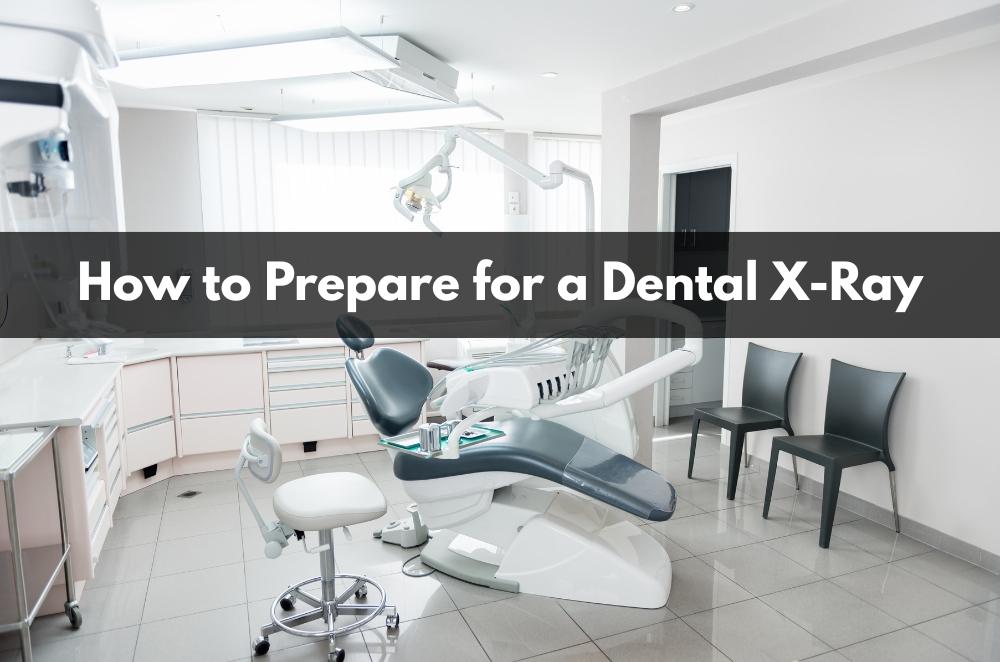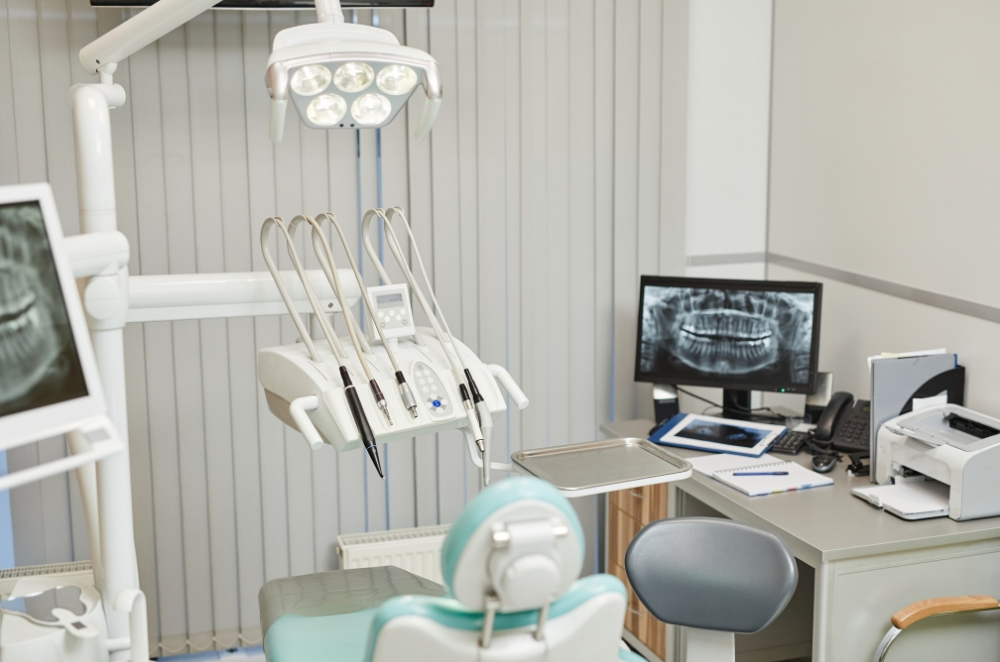How to Prepare for a Dental X-Ray

Mornings run smoother when you know what to expect at the clinic. A dental x-ray is quick, low-fuss, and designed to reveal what mirrors can’t—bone levels, hidden decay, impacted teeth, and the way your bite actually meets. From the patient side, good prep is almost boring: tidy hygiene, clear notes, calm breathing, and shoes you won’t trip in. When people mention dental X-rays, they’re really pointing to a small, routine moment that pays off for months, because a clear image lets your clinician plan precisely instead of guessing. Here’s a practical walkthrough to make the appointment feel straightforward from door to chair.
What a dental X-ray involves
X-rays use a brief, targeted exposure to capture structures hidden by soft tissue. Different views answer different questions, from a single tooth to the big picture.
-
Common types: Bitewing shows contacts and early decay; periapical shows roots; panoramic maps jaws and joints.
-
Safety basics: Lead apron and thyroid collar provide extra protection; exposure is brief and localised.
-
Comfort tips: Slow nasal breathing steadies the gag reflex; a dab of lip balm reduces tug from film tabs.
-
Why it matters: Clear images guide precise treatment, from small fillings to aligner planning.
Clarity beats repetition. With the right view, the team can conserve healthy structure and avoid avoidable return visits.
Before your appointment: simple prep
Tiny habits improve image quality and comfort. None are complicated, but together they make the visit calmer.
-
Oral hygiene: Brush and clean between teeth so food film doesn’t mimic shadows on the image. Brands like Oral-B and Colgate offer soft heads and fluoride pastes that make this step gentle and consistent.
-
Jewellery check: Remove lip rings, tongue bars, and bulky earrings that could obscure the image area.
-
Medication notes: List current meds and allergies; some influence salivary flow or gag sensitivity.
-
Previous images: If you have recent radiographs, mention timing; unnecessary repeats can often be avoided.
For a plain-language primer that fits pre-appointment hygiene, public guidance around dental care helps set expectations without the jargon.
What to bring and what to wear
Your outfit and essentials won’t make or break the scan, but small choices remove friction when you’re in the chair.
-
Comfort clothing: Wear tops without stiff collars; high necklines can bunch under aprons and feel awkward.
-
Hair and makeup: Tie back long hair and keep lip products light so sensors and tabs don’t slip.
-
Dental hardware: Bring retainers, night guards, or dentures; the team may remove or reposition them briefly.
-
Admin basics: Keep your ID, card, and any referral on hand; smooth check-in shortens wait time.
A tiny bag with those items avoids the pre-appointment rummage. Less fuss equals steadier breathing and clearer images.
During the x-ray: in-the-chair cues
The scan is quick; comfort comes from small, repeatable actions. Think of it like learning a calm rhythm.
-
Bite position: Follow the tab or sensor alignment; a firm, even bite keeps contacts crisp on bitewings.
-
Tongue placement: Rest the tongue gently against the palate; it reduces shadows along the floor of the mouth.
-
Breathing pattern: Slow nose breaths, especially during panoramic sweeps, minimise movement blur.
-
Signal system: Agree on a simple hand raise if you need a brief pause; control eases the gag reflex.
When a panoramic view is planned, it’s normal to hear the unit hum and rotate. Keeping still is the whole job—seconds, not minutes.
Special cases and common questions
A few scenarios change the flow slightly. Flag them early so the team can tailor positioners, timing, or views.
-
Gag reflex: Sprays, topical gel, or smaller sensors can help; focusing on breathing makes the biggest difference.
-
Limited opening: Alternative angles or panoramic views reduce strain when jaw opening is restricted.
-
Dental work in progress: Temporary crowns, healing sites, or sutures simply need gentler placement.
-
Radiation worries: Typical dental exposures are low; protocols aim for the minimum needed for diagnosis.
When a broader treatment plan is on the table, it’s common to see imaging paired with planning for tooth restoration—the x-ray provides the map for sizing restorations, checking contacts, and avoiding surprises.
Budget, timing, and follow-up clarity
Preparation isn’t only physical; it’s also planning for cost and next steps so nothing feels ambiguous after the chair.
-
Item numbers: Ask which codes apply; invoices become easier to understand and compare.
-
Frequency logic: Intervals depend on risk—history of decay, gum status, and current symptoms guide timing.
-
Results handover: Digital copies or prints may travel with a referral; keep them together for future visits.
-
Scheduling flow: If further care is likely, booking windows immediately after imaging reduces delays.
Questions about the importance of dental health often surface alongside budgeting; framing imaging as part of prevention helps costs make sense over the long term.
After the x-ray: patient-side next steps
Once the image is taken, the rest is simple. Your clinician will review what’s visible—early enamel changes, bone heights, root shapes, or that odd shadow that explains a lingering ache—and then translate findings into plain language. If the plan is small, expect tips on brushing angles, product strength, and an interval for the next check; if work is more involved, a straightforward sequence is your friend: stabilise pain, treat the cause, and book follow-ups in practical blocks. Keep any printed images with your notes and add a line about what felt comfortable during the scan—nasal breathing, sensor size, or position—so next time starts smoother. Most people forget the X-ray by lunchtime; that’s the ideal outcome. A few calm minutes produced a clear map that helps conserve healthy structure, avoids guesswork, and makes the rest of the visit feel less like a mystery and more like maintenance.








